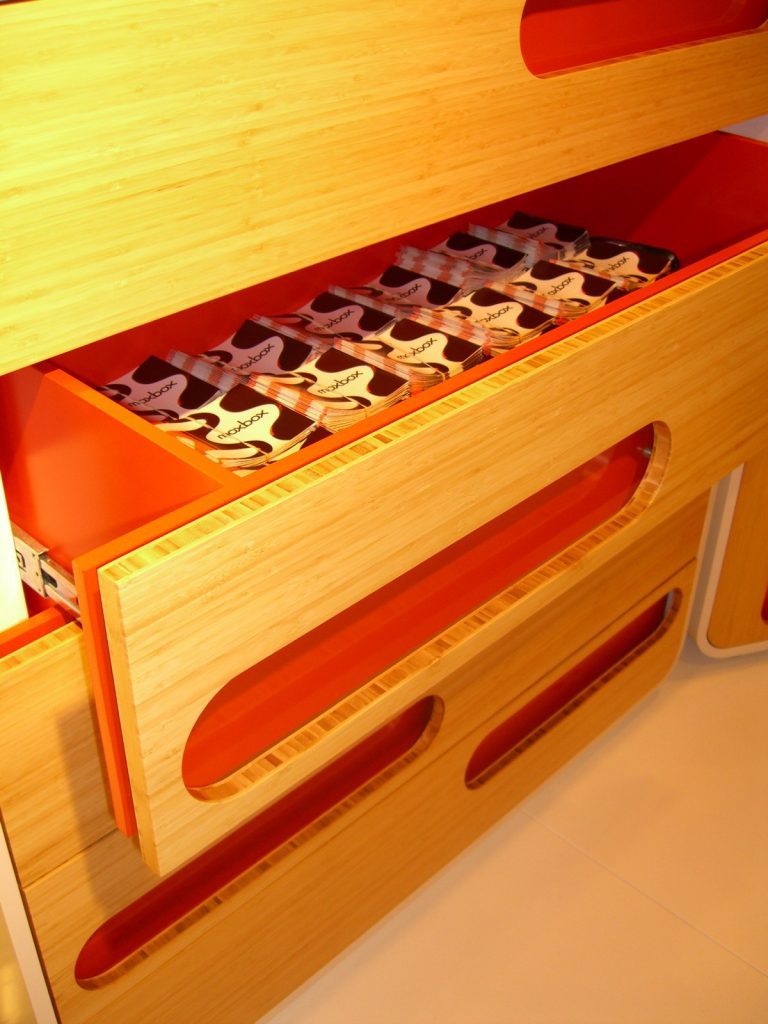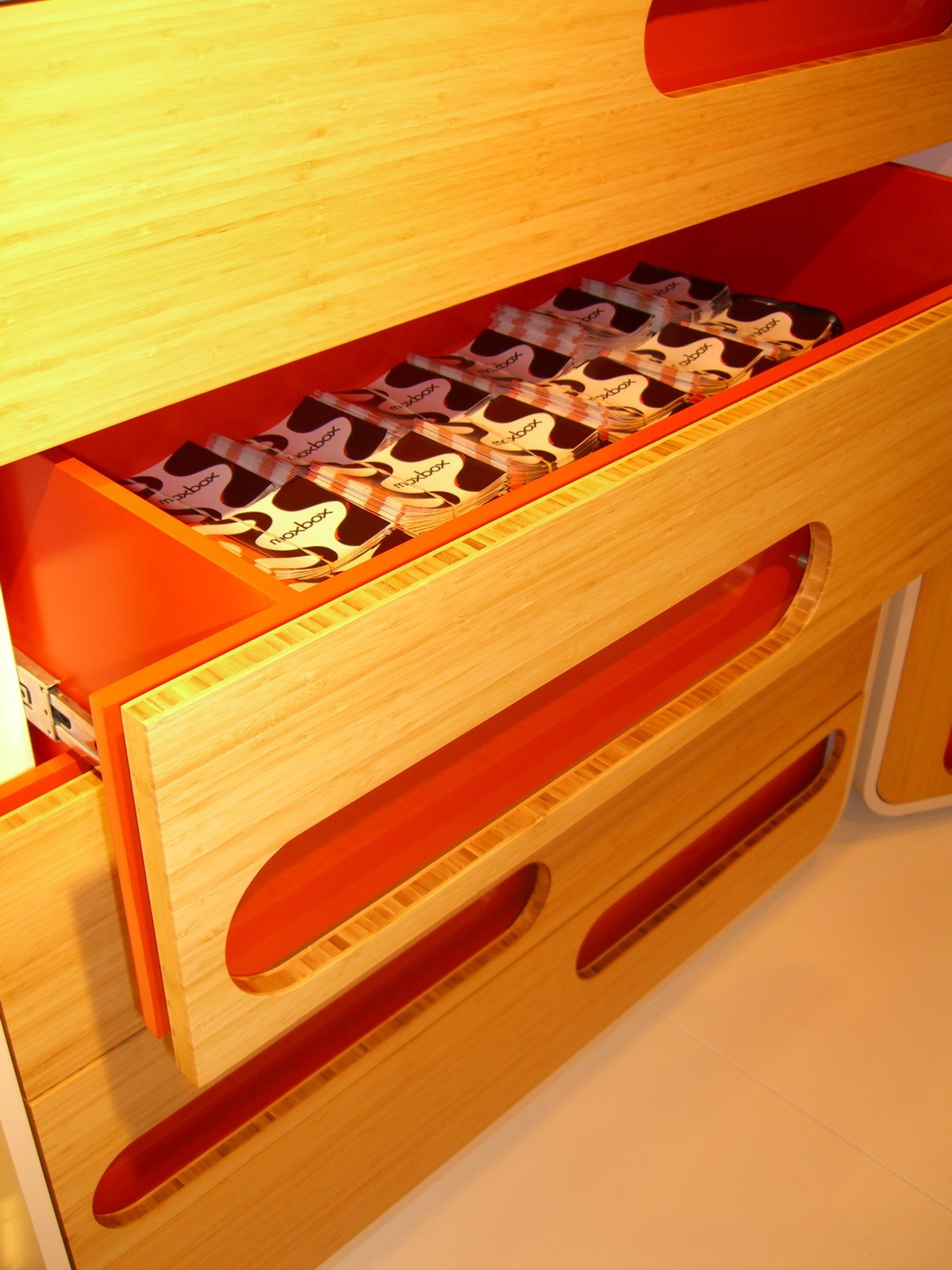Bamboo has long been used as a building material in the Far East and seen as a curiosity here in the West. That’s rapidly changing though, as people are finding more and more creative ways to use bamboo in the place of either wood or paper. Today it is possible to find bamboo “paper” towels, toilet paper, disposable dishware and disposable cutlery.
Part of bamboo’s rise in popularity is due to it being a natural material, which decomposes in less than a year, rather than the 500 years it takes Styrofoam to decompose or close to a millennium, like it takes for plastic cutlery. In a world where people are becoming increasingly aware of our impact on the environment, bamboo is emerging as a viable replacement for a variety of different materials used for disposable products. As of yet, bamboo substitutes for most of these materials are still more expensive than the items they are replacing, so the market is largely limited to those who are willing to pay a premium to protect the environment.
As time goes on, many of these bamboo products should come down in price, if deforestation of bamboo forests doesn’t become an issue. While there is some deforestation going on, bamboo regrows quickly and without any special human intervention. Nevertheless, continuing deforestation could drive prices up.
But there’s a more important part of bamboo’s popularity and that it is a highly sustainable material. Upwards of 15 billion trees are cut down each year, providing raw material for the various wood and paper products made from them. The various varieties of pine, the most commonly used wood in America, are fairly rapidly growing trees. Yet it takes 25 to 30 years for a pine tree to grow to maturity, where the tree can be harvested. By comparison, bamboo can grow to maturity in three years, making it a much more sustainable material.
Bamboo is actually not wood, but grass. As such, it shares a number of characteristics with the grass growing in our lawns. Most specifically, bamboo grows like other grasses in that the roots grow out horizontally, just beneath the surface. All the bamboo in a particular grove will be interconnected as part of one plant, with one root system. That root system will continue to grow and spread, sending up shoots. The variety known as “Chinese bamboo” typically grows underground for as long as five years before breaking through the surface, but once it does, it can grow a meter or more per day, reaching a height of 90 feet in five weeks.
Once bamboo is harvested, it will regrow, with the same shoot regrowing as many as 50 times. In another three years after harvesting the bamboo, it is ready for harvesting again, giving just as much material as before. Yet at the same time, the way bamboo grows makes it an invasive species which will take over from existing foliage. It can and will crowd out other species, taking over the land they are growing on. This can even result in deforestation, as they kill existing trees.

Bamboo as a Wood Substitute
Although bamboo is not actually wood, it has found a home as an engineered wood product. The fibrous bamboo shoots are extremely hard and durable, being stronger than both oak and maple, two of the most common and strongest domestic hardwoods. Bamboo is extremely durable, as can readily be seen by how well bamboo cutting boards last.
Due to the hollow nature of the bamboo shoot, it is impossible to cut boards out of bamboo. Instead the walls of the shoot are cut into thin strips, which are then glued together. Bamboo lumber is made in this way, making boards which look much like butcher blocks, except with very thin strips having been laminated together. Bamboo boards can be purchased, although the cost is roughly $20 per board foot. This price is actually somewhat surprising, as finished bamboo cutting boards can be purchased for considerably less. Much of the high cost of bamboo lumber and plywood is due to the processing labor required to turn the bamboo shoots into products that can be worked as if they were wood.
Bamboo plywood is more reasonably priced than bamboo boards, even though the sheets are made of all bamboo, both the core and the surfaces. It is difficult to find, but can be purchased for just a bit more than common hardwood plywood varieties.
It is easiest to compare bamboo plywood to lumber core plywood. The core of the plywood is not layers of veneers laid perpendicular to each other and laminated together. Rather, it is a mass of strips of bamboo which have been glued together. Face and back veneers, which are also made from strips of bamboo, are then glued to the two sides of the core.
Bamboo plywood is strong and attractive and is used largely for furniture-making, although it can also be found used for making musical instruments. Bamboo is also used extensively for laminated wood flooring, with the bamboo face veneer laminated to a variety of base materials. By and large, bamboo flooring has a thicker face veneer than all but the most costly hardwood laminate flooring. It is extremely durable in all of these applications, highly resistant to denting and scratching. Even so, bamboo plywood should never be used for exterior applications, as the plant fibers readily absorb moisture, causing it to swell and delaminate. Bamboo plywood is water resistant, but by no means waterproof.
The natural color of bamboo is a light tan, however there is also carbonized or caramelized bamboo plywood, with a darker color. This is not stained, although stained bamboo flooring is not uncommon. Rather, the carbonized bamboo is colored by heating it. This causes the sugars contained within the material to cook, caramelizing them – hence the name.




